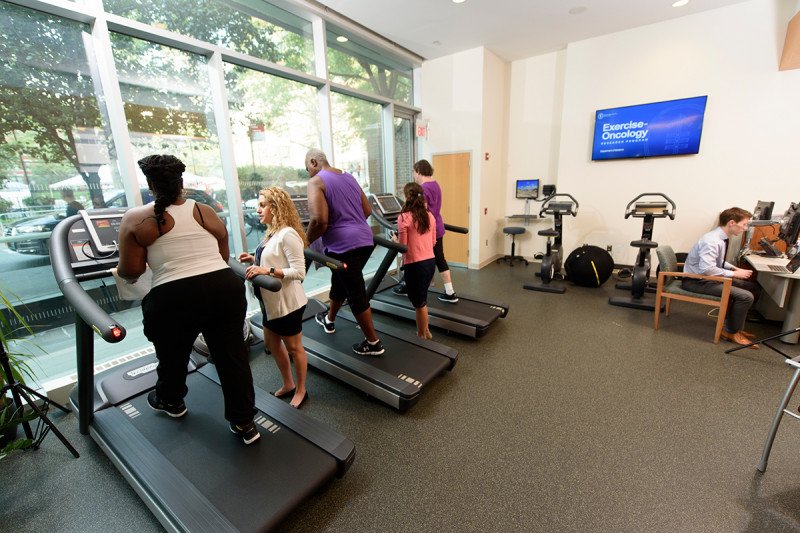
Data from a recent study on women enrolled in Memorial Sloan Kettering Cancer Center’s high-risk breast cancer surveillance program highlights that a “substantial number” would benefit from interventions to further reduce risk, including education on modifiable lifestyle factors such as increasing exercise and decreasing alcohol intake.
In the 2017 study, published in Breast Cancer Research and Treatment, we found that 60 percent of high-risk women reported a possible area for intervention and additional opportunities for risk reduction (1).
Almost 40 percent of respondents were overweight or obese, and approximately 20 percent reported having one or more alcoholic drink per day.
While risk reduction associated with lifestyle changes is modest in comparison to chemoprevention or surgery, such changes are practically without risk, minimally expensive, and provide innumerable secondary health benefits.
Memorial Sloan Kettering Cancer Center’s “RISE” High-Risk Breast Program
Just as cancer risk differs, so too do the recommendations for surveillance and risk reduction, which are not “one size fits all”. MSK’s RISE (Risk assessment, Imaging, Surveillance, and Education) program strives to individualize breast imaging recommendations and risk-reduction strategies based on a woman’s specific risk profile.
Women with a history of atypical hyperplasia or lobular carcinoma in situ (LCIS), a strong family history of breast and/or ovarian cancer, a genetic predisposition to breast cancer, or prior radiation therapy to the chest at a young age are offered routine follow-up in the RISE program.
Breast surveillance for a high-risk population constitutes a combination of routine physical exam and an array of imaging modalities, which may include mammography, MRI, and ultrasound, as well as newer techniques such as contrast enhanced spectral mammography (CESM). Traditional risk-reduction strategies have been limited to chemoprevention with tamoxifen, raloxifene, or exemestane, or bilateral prophylactic mastectomies for women at the highest risk. Chemoprevention is effective and has been shown to reduce breast cancer risk by approximately 50 percent (2) (3) (4) for women at increased risk, but uptake of chemoprevention remains low, likely secondary to fear of side effects (5).
Looking Past Non-Modifiable Risk Factors
While we commonly attribute breast cancer risk to non-modifiable risk factors, there is growing evidence linking modifiable lifestyle factors, such as obesity, physical inactivity, and alcohol consumption, to breast cancer risk. A joint comprehensive report from the World Cancer Research Fund and the American Institute for Cancer Research evaluating lifestyle factors and breast cancer risk was published in May 2017, and reviewed evidence from 119 studies, including over 260,000 breast cancer cases.
The report concludes that there is strong evidence to support that consuming alcohol and being overweight or obese throughout adulthood increases risk, while physical activity decreases breast cancer risk (6). The relative risk associated with consumption of ≥ 1 alcoholic beverage per day and obesity range from 1.25-2.0 (7) (8) (9) (10), values similar to that of a woman with a single first-degree relative with breast cancer (RR 1.8-2.1). In addition, regular physical activity may be associated with up to a 50 percent reduction in breast cancer risk (10).
The Road Ahead
Research is in progress to better elucidate the mechanistic reasoning for lifestyle factors and cancer risk as well as to develop new, novel risk-reducing techniques. Investigators at MSK are currently working to better understand the link between exercise and breast cancer risk with the hopes of defining the biologically effective exercise “dose” associated with inhibition of premalignant features in women at high risk of invasive breast cancer.
Furthermore, studies are ongoing to develop a topical application for chemoprevention agents with the goal of delivering the drug to the breast tissue while minimizing systemic uptake and associated side effects. These studies underscore promising ideas on the horizon for the field of breast cancer prevention and stand to impact a large population of future women.

